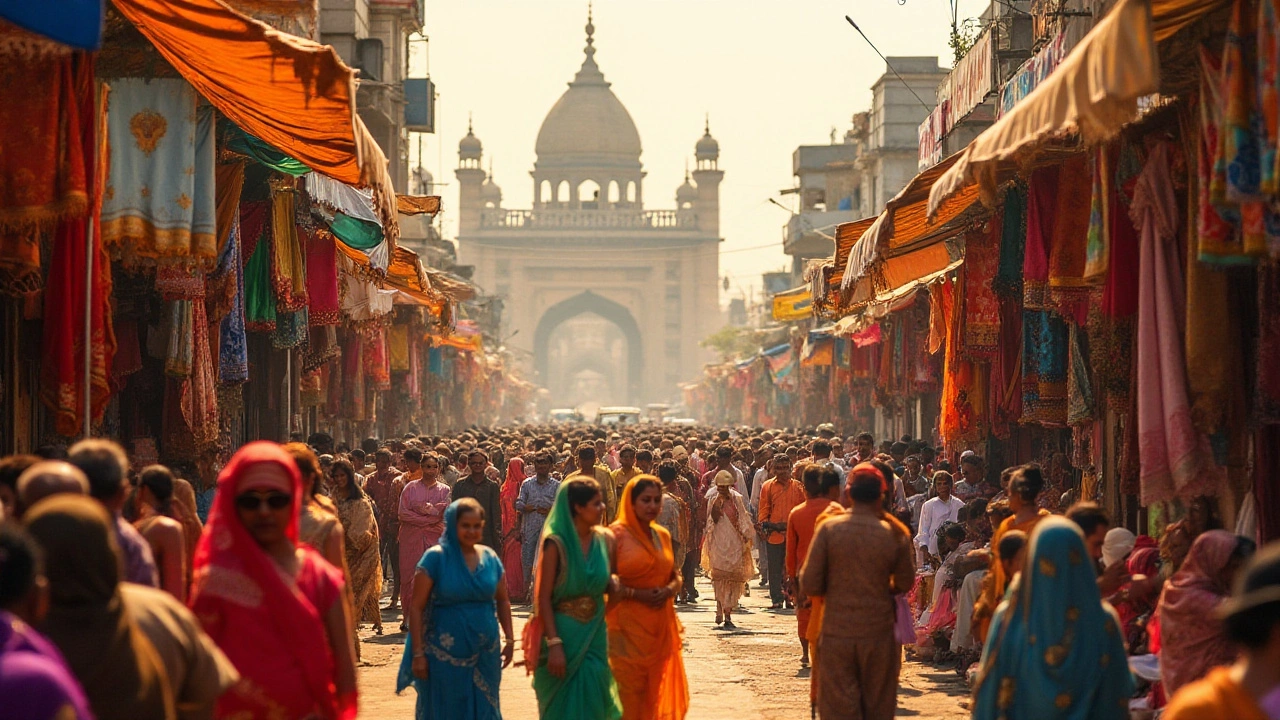Surat Textile: Why This Gujarat City Is a Manufacturing Powerhouse
When you think of Indian fabrics, Surat often pops up alongside places like Mumbai and Delhi. That’s because the city’s textile sector is humming with activity – from cotton yarn to synthetic fabrics, the whole chain lives here. If you’re curious about how Surat became a fabric hub or want to know where the next opportunity lies, you’re in the right spot.
What Makes Surat Stand Out?
First off, location matters. Surat sits on the western coast of Gujarat, giving it quick sea‑lane access to the Middle East, Africa and Europe. Shipping a roll of cloth from Surat to Dubai takes less time than moving it across the country.
Second, the city has a deep talent pool. Generations of families have been spinning yarn, weaving cloth and dyeing fabrics. That heritage means you’ll find skilled workers ready to handle both traditional hand‑loom pieces and high‑speed, automated looms.
Third, the cost factor is hard to beat. Power rates, land prices and labor costs in Surat are lower than in many metropolitan areas. This translates into competitive pricing for export orders, which is why global brands often source their fabrics from here.Fourth, the government backs the sector with incentives. Gujarat’s industrial policy includes tax breaks, subsidised electricity and easy zoning for new factories. If you set up a plant in the Surat Textile Zone, you’ll see faster clearances and lower overheads.
Finally, the supply chain is tightly knit. Raw cotton arrives from nearby farms, yarn mills sit just a short drive away, and dyeing units line the industrial corridors. The short distances cut transportation time and keep the product quality consistent.
How to Tap Into Surat’s Textile Market
Want to start a business or partner with existing players? Begin by visiting the Surat Textile Expo – it’s the fastest way to meet manufacturers, dyeing houses and export agents. Bring a clear pitch about what you need: whether it’s a specific fabric blend, a certain GSM, or a fast turnaround.
Next, do a quick cost check. Calculate the total landed cost, including raw material, labor, electricity, and export duties. Many local firms can share their cost sheets, so you’ll know if your price point is realistic.
Don’t forget quality standards. International buyers often ask for ISO 9001, Oeko‑Tex or REACH compliance. Partner with a lab in Surat that offers testing services – it saves you time and builds trust with overseas clients.
Networking is key. Join the Gujarat Textile Association or local chambers of commerce. These groups host regular meet‑ups, provide market intel and sometimes arrange group shipments that lower freight costs.
Lastly, think about sustainability. Water‑saving dyeing techniques and recycled polyester are gaining traction. If you can offer eco‑friendly options, you’ll stand out to brands that prioritize green sourcing.
Surat’s textile scene isn’t just big – it’s evolving. With low costs, skilled workers, strong logistics and growing demand for sustainable fabrics, the city offers a solid platform for anyone looking to grow in the Indian textile market.

Discovering the Largest Textile Hub in India
India is home to some of the largest textile markets in the world, each with its own unique character and significant contribution to the industry. Among these, one stands out due to its scale and influence: Surat. Known as the 'Silk City', Surat is renowned for its vibrant textile trade and manufacturing prowess. Aspiring entrepreneurs and established industry players alike flock to this bustling hub, drawn by its reputation for quality, variety, and innovation in textiles.
